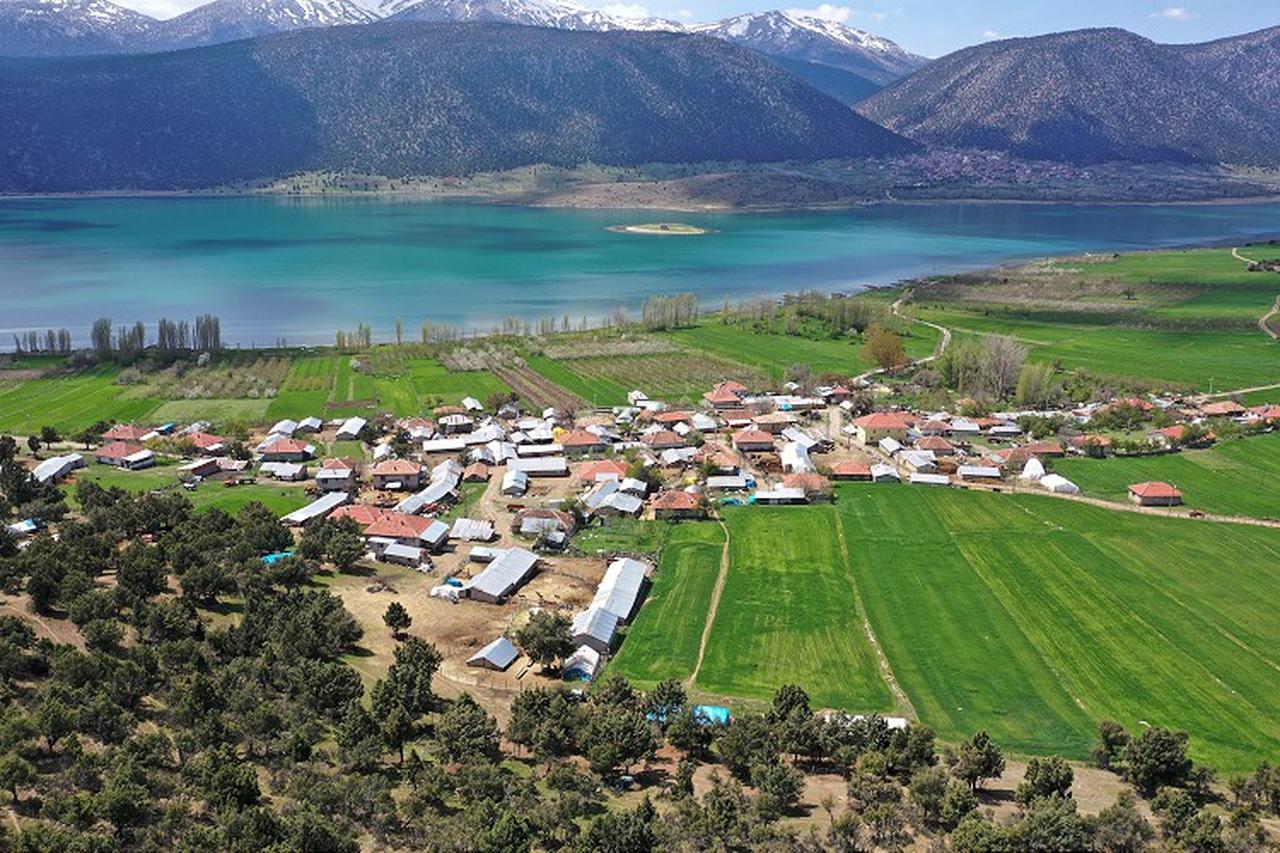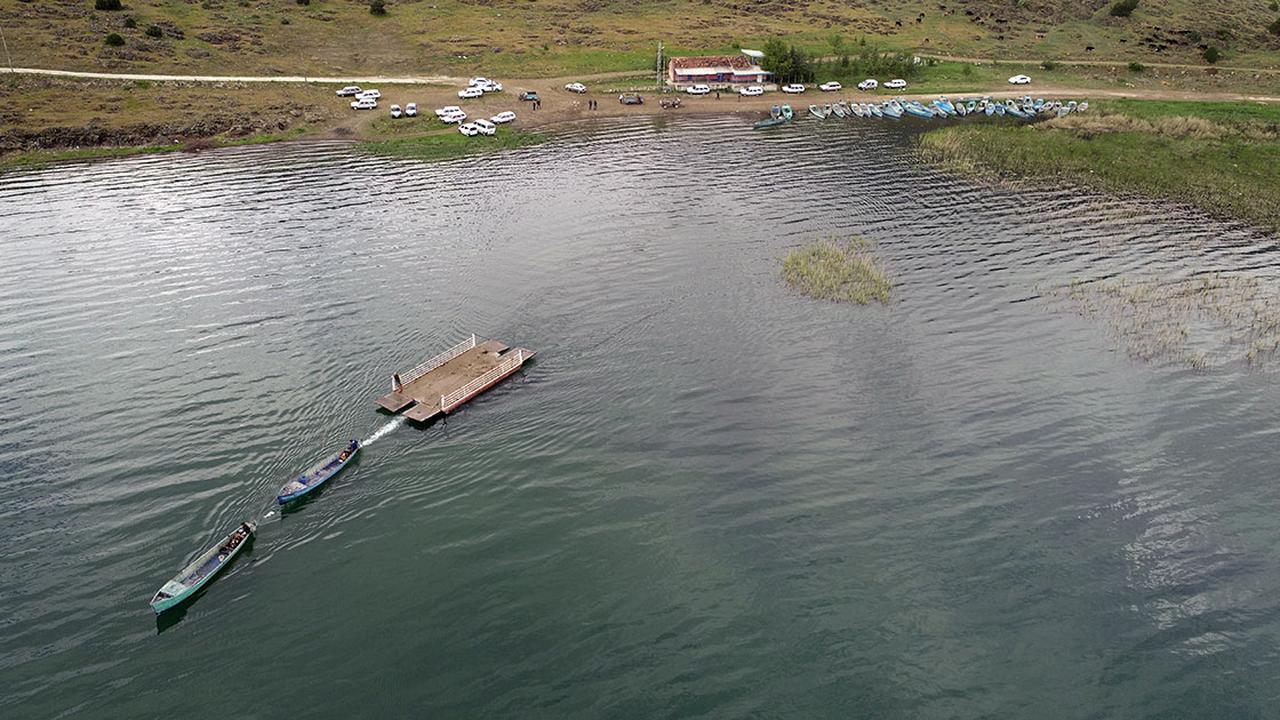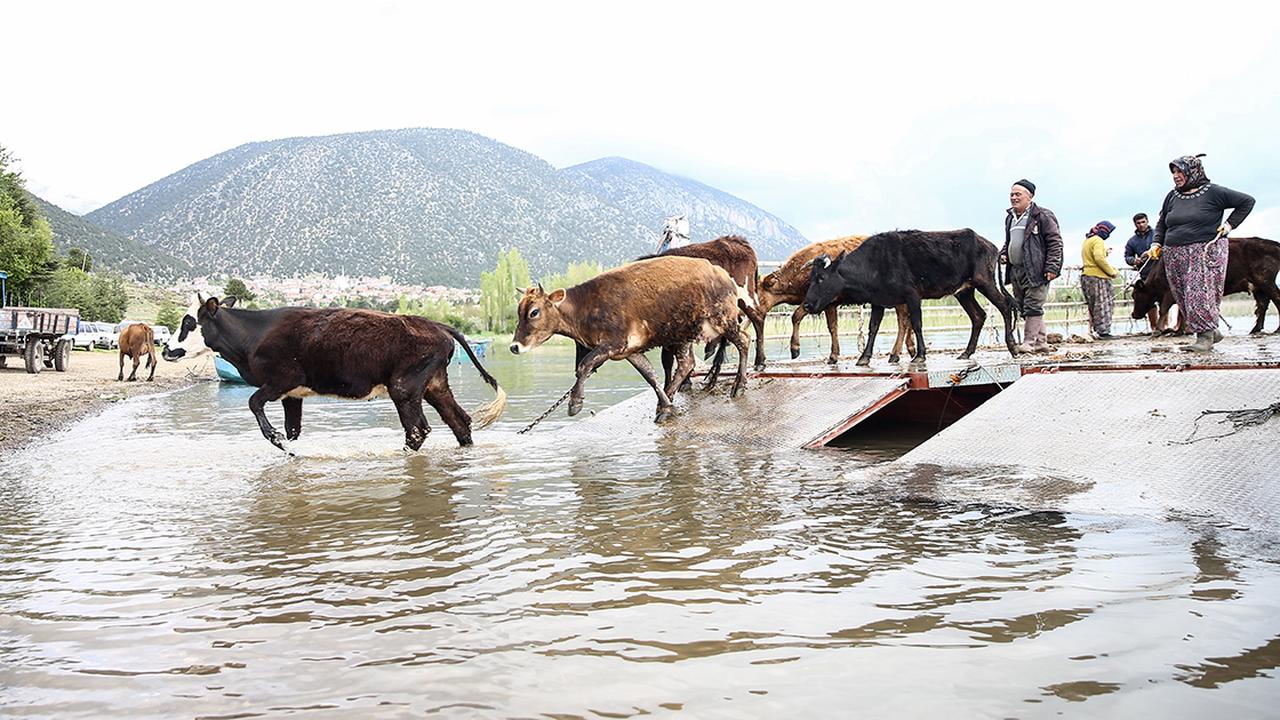
Nestled within the tranquil waters of Lake Beysehir in Türkiye's Isparta province lies Mada Island, also known as the Island.
Spanning 822 hectares, it is the largest of the lake's 32 islands and, uniquely, the only one with a permanent human settlement. This island offers a captivating blend of natural beauty, rich history, and enduring cultural traditions.
Historical records trace human habitation on Mada Island back to 1507. A significant chapter in its history began in 1866 when approximately 30 to 40 Kazakh families settled there, leading to its alternate name, Kazak Island.
These settlers, believed to be Russian Kazakhs, introduced distinctive cultural elements, including the construction of a church on a nearby islet. In the early 20th century, the island saw the arrival of the Tırtar Turkmens, whose descendants continue to inhabit the island today.

The island's sole settlement, Kumluca Mahallesi, is home to around 180 residents. Their livelihoods revolve around agriculture, animal husbandry, and fishing. The fertile lands yield crops like tomatoes, cucumbers, beans, eggplants, cherries, sour cherries, almonds, and apples. Fishing, particularly for species like bluefish and carp, is a vital part of the local economy.
Seasonal migration is a cherished tradition among the islanders. During summer, families move to nearby highlands with their livestock, transporting belongings via makeshift rafts or boats.
Come autumn, they return to the island, bracing for the challenges of winter when Lake Beyşehir often freezes over, making access to the mainland arduous.
The unique lifestyle and resilience of Mada Island's community were spotlighted in the 2010 documentary "Mada," directed by Musa Ak. The film garnered acclaim, winning the Best Documentary Award at the 17th Altın Koza Film Festival, bringing national attention to this secluded enclave.
For the Yoruk families of Mada Island, life is a dance with the seasons, a tradition passed down through generations. Every year, as the warmth of spring gives way to the heat of summer, the island’s inhabitants undertake a remarkable journey: a seasonal migration to the highlands.
As the weather warms, the Yörüks of Mada Island prepare to leave their lakeside homes behind. Families pack their belongings, livestock, and supplies onto makeshift rafts or small boats, setting off across the calm, clear waters of Lake Beysehir. The destination is the cooler, greener mountain pastures that surround the lake, where their sheep and goats can graze freely.

This migration is not just about finding fresh pastures; it’s a deeply ingrained part of their cultural identity. It echoes the ancient nomadic traditions of their ancestors, who roamed the vast steppes of Central Asia long before settling in Anatolia.
Once they reach the uplands, the Yoruk families set up their traditional black goat-hair tents, known as kil cadirlari. Here, they live much as their forefathers did—milking sheep, making cheese, and weaving the distinctive, richly patterned textiles for which their culture is known.
The highland air is cooler, the grass richer, and the bond with nature stronger. It’s a time for community, storytelling, and maintaining age-old crafts that are slowly disappearing in the modern world.

By Road
By Boat